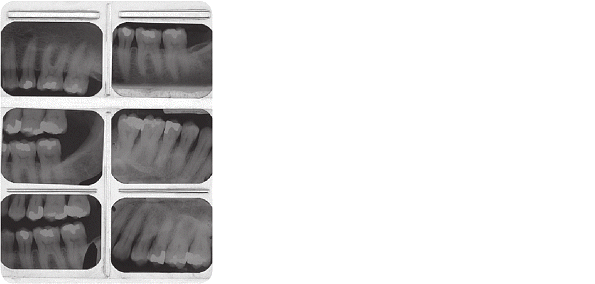SATURDAY, DAY 6
LIFESTYLE AND PREVENTIVE MEDICINE
Tooth Cavities
Tooth cavities are caused by tooth decay, which is the second-most-common health disorder, after the common cold. Decay is a common cause of tooth loss in children and young adults, but it can affect anyone.

Tooth decay happens when plaque builds up on your teeth and is not thoroughly removed. Plaque formation begins when the normal bacteria in your mouth convert food into acids. Then the bacteria, acids, food debris, and saliva combine to form plaque, a substance that sticks to your teeth.
Plaque forms in particular on your back molars and just above the gum line. Certain acids in plaque dissolve the surface of your teeth, creating holes or cavities. Cavities usually do not hurt unless they grow very large, affect nerves, or cause a tooth to crack or break. When they progress this far, you may see holes in your teeth or have a toothache. An untreated cavity can lead to an abscess (a pocket of infected material within the tooth), destruction of the tooth’s internal structures, and ultimately the loss of the tooth.
Most cavities are discovered during routine checkups. Dental x-rays show some cavities before they are visible to the eye. Sometimes the surface of a tooth that has a cavity is soft when probed with a sharp instrument.
Treatments for cavities include fillings, crowns, and root canals. The earlier the treatment is implemented, the less expensive and painful it is. To prevent cavities, you should have a professional cleaning every 6 months, brush twice a day with toothpaste that contains fluoride, and floss daily. As much as possible, avoid eating sugar, starches, and sticky foods, and refrain from frequent snacking.
ADDITIONAL FACTS
- Plaque starts to develop on your teeth within 20 minutes after eating.
- Plaque that is not removed from your teeth hardens into tartar. Plaque and tartar irritate your gums and cause the gum diseases gingivitis and periodontitis.